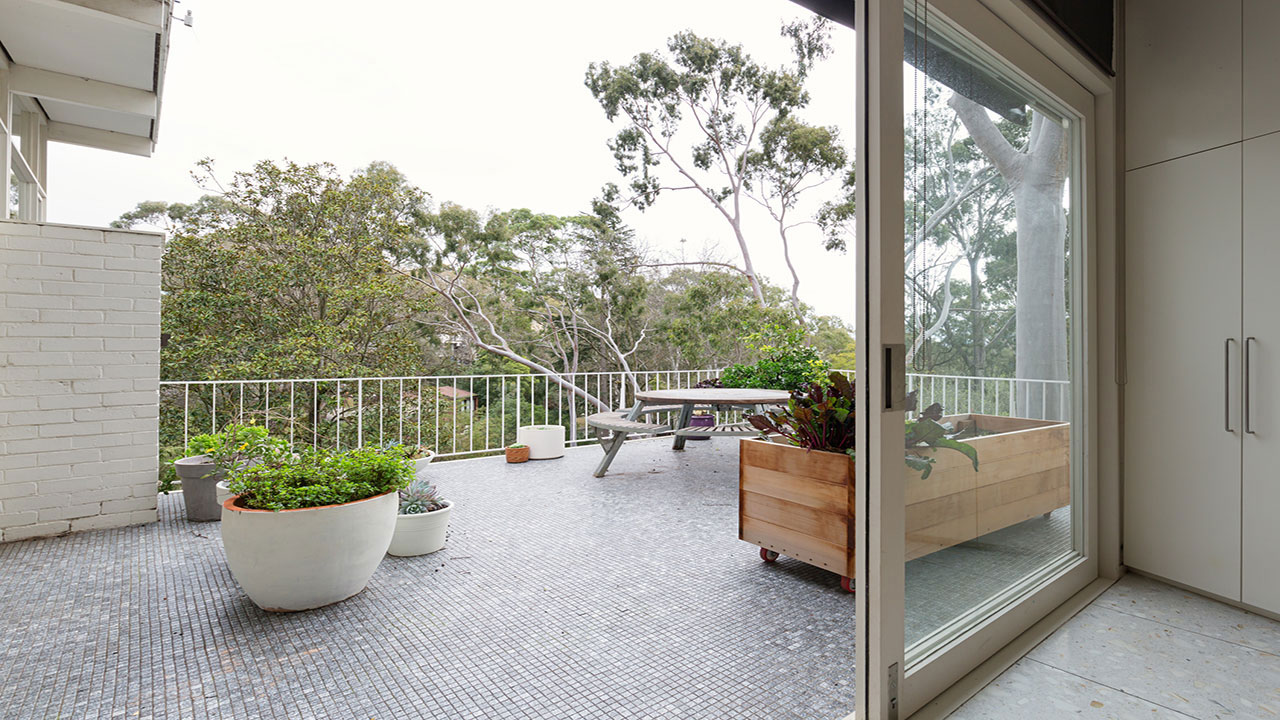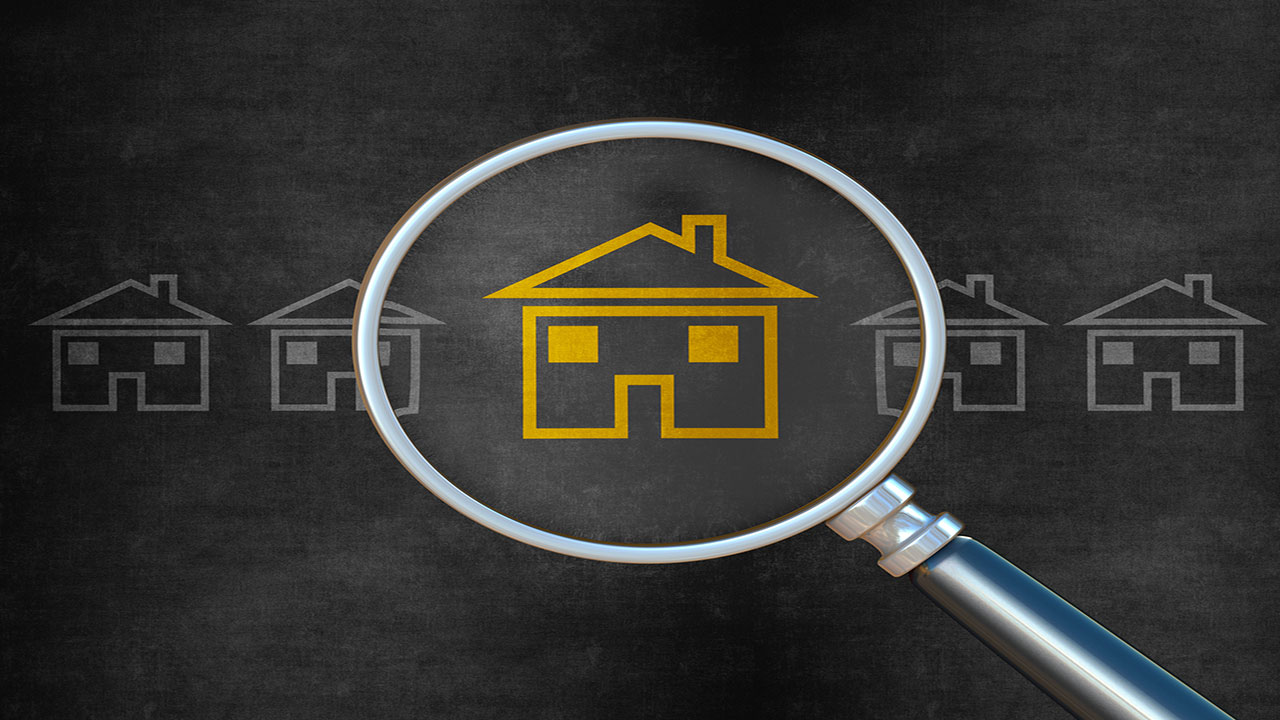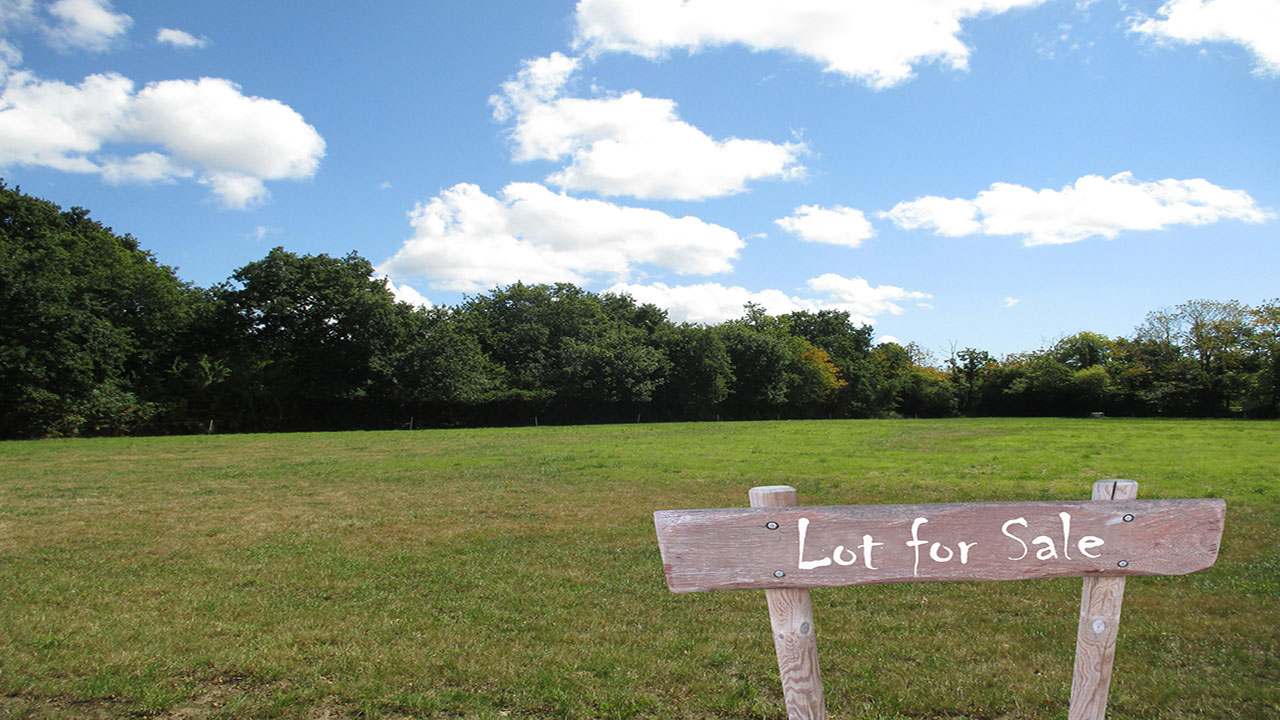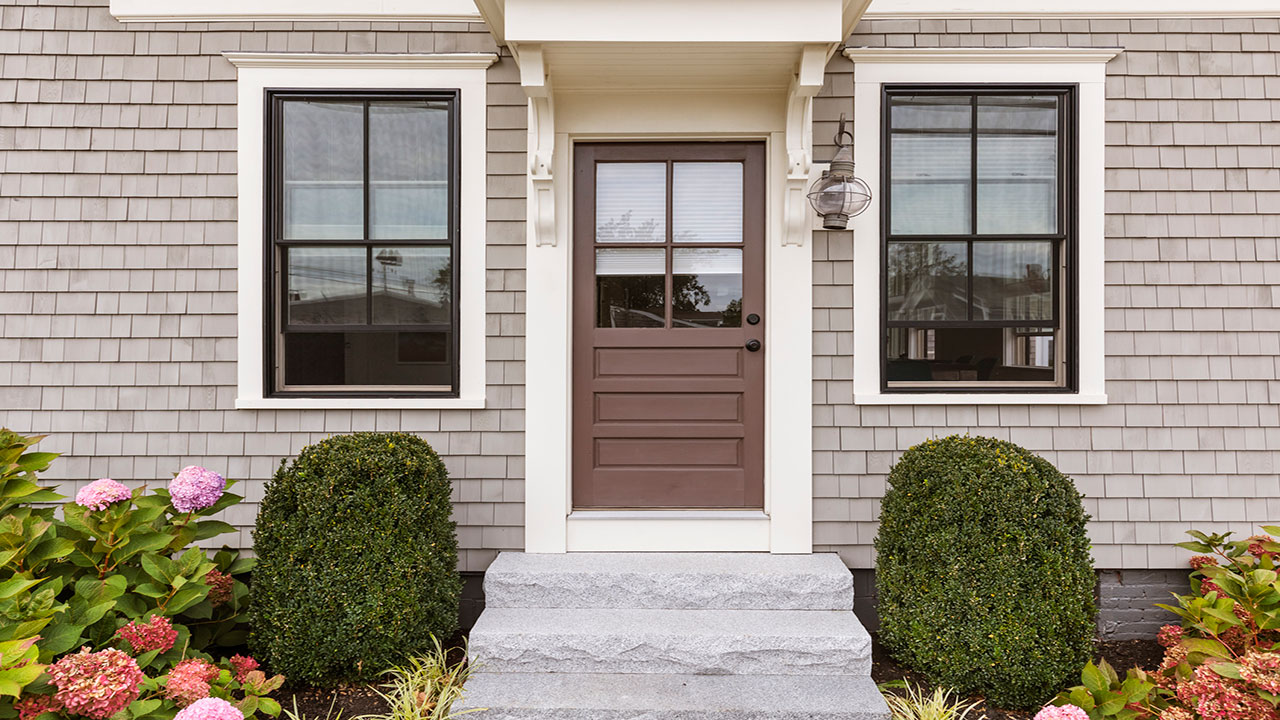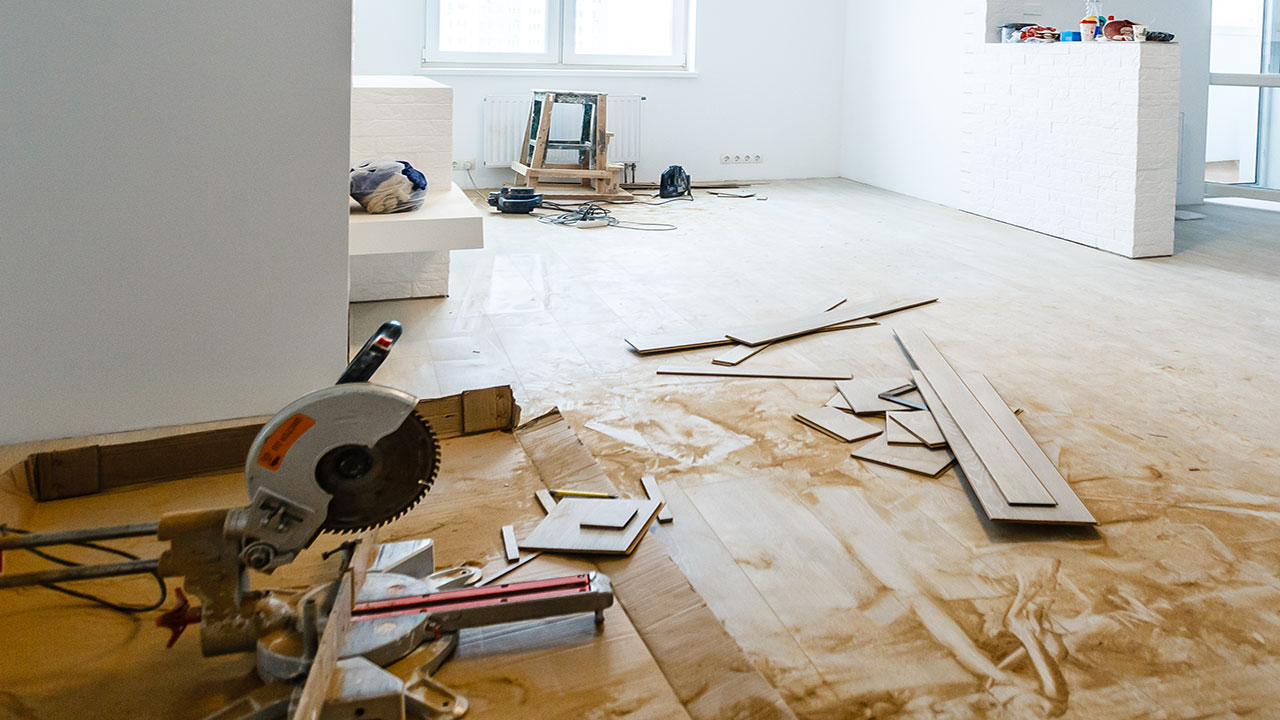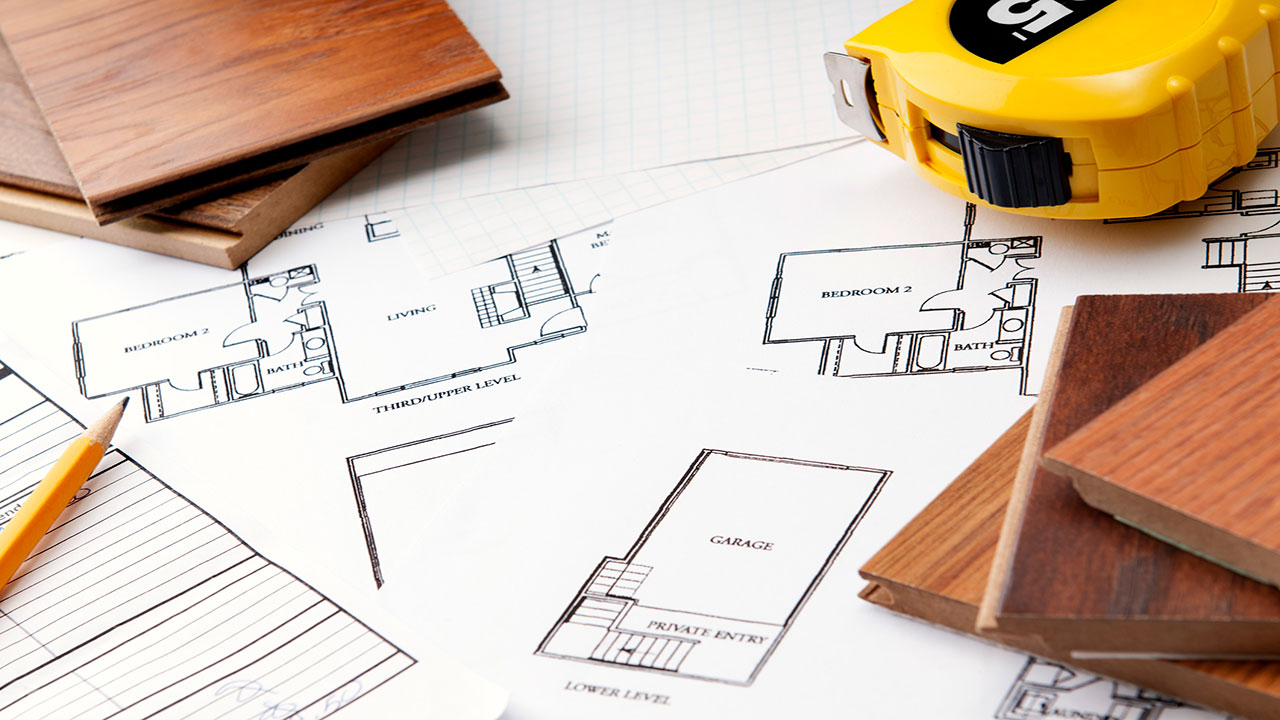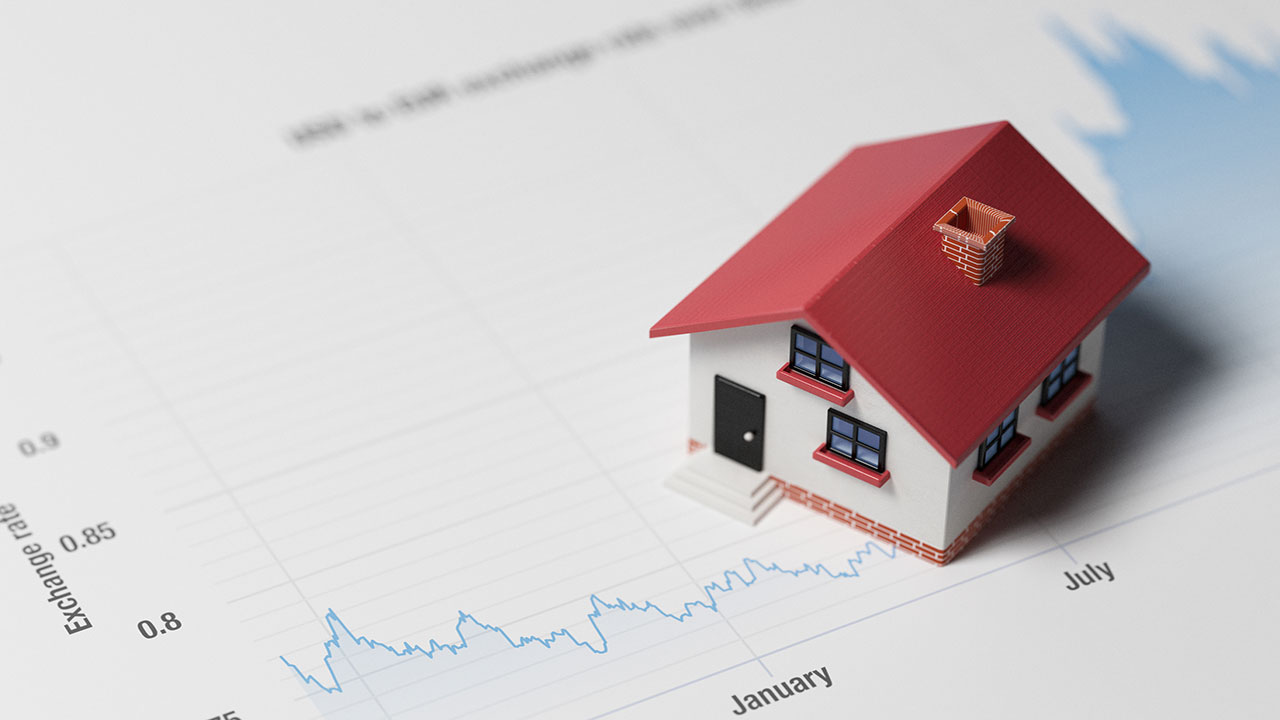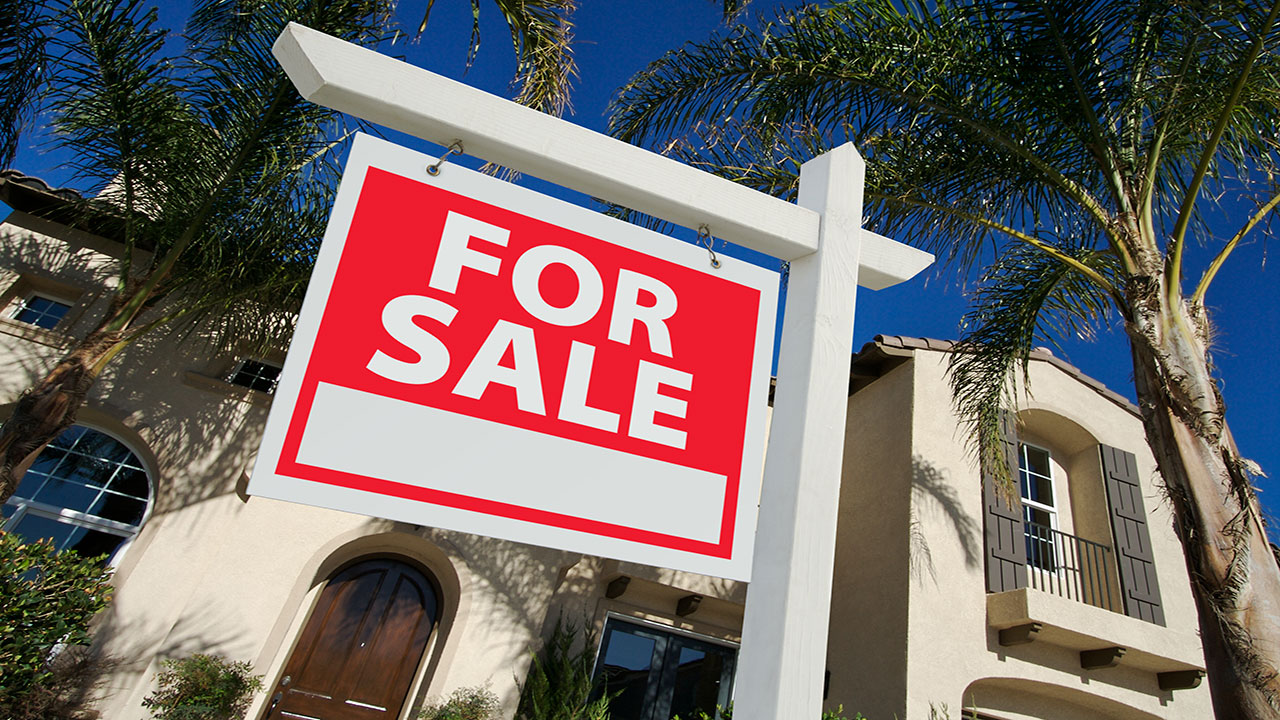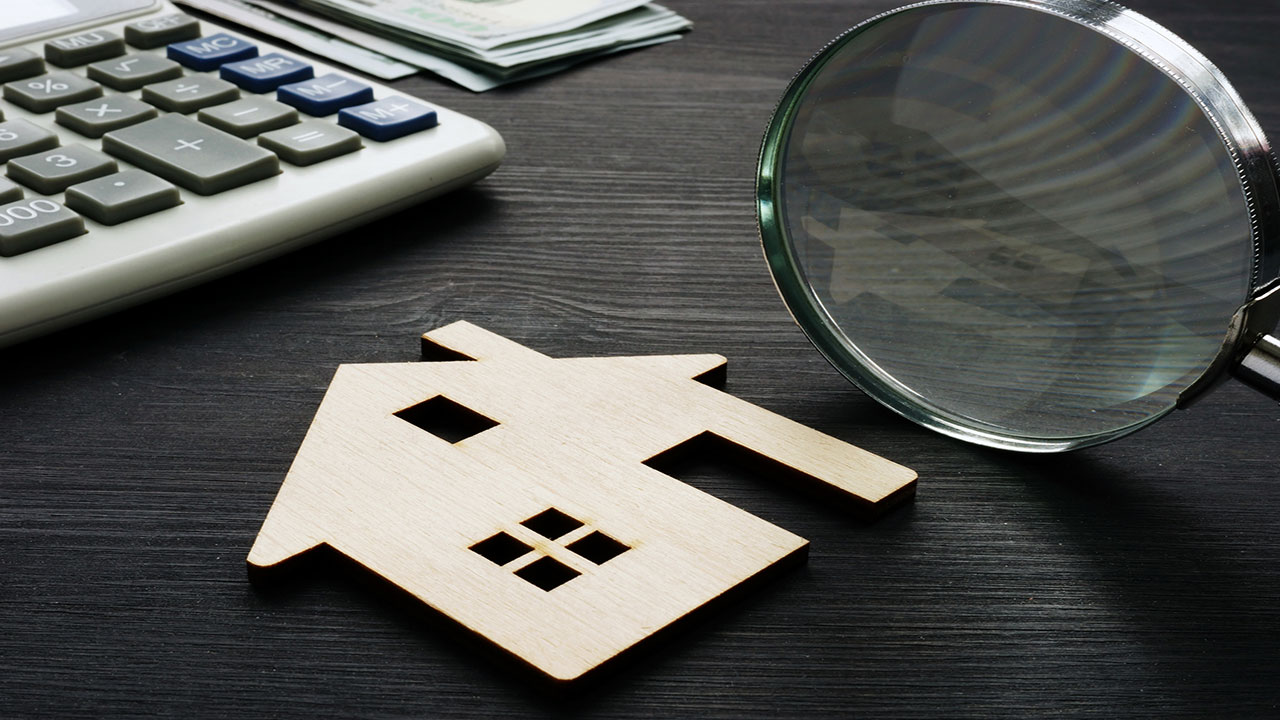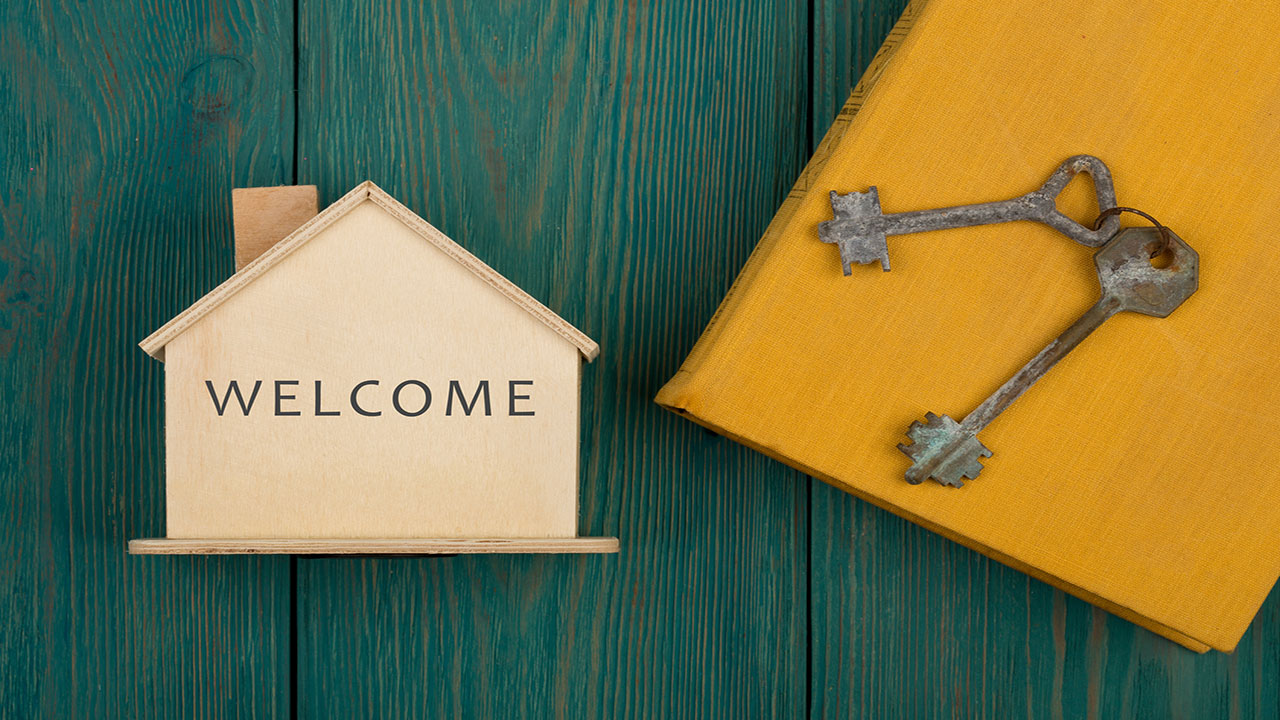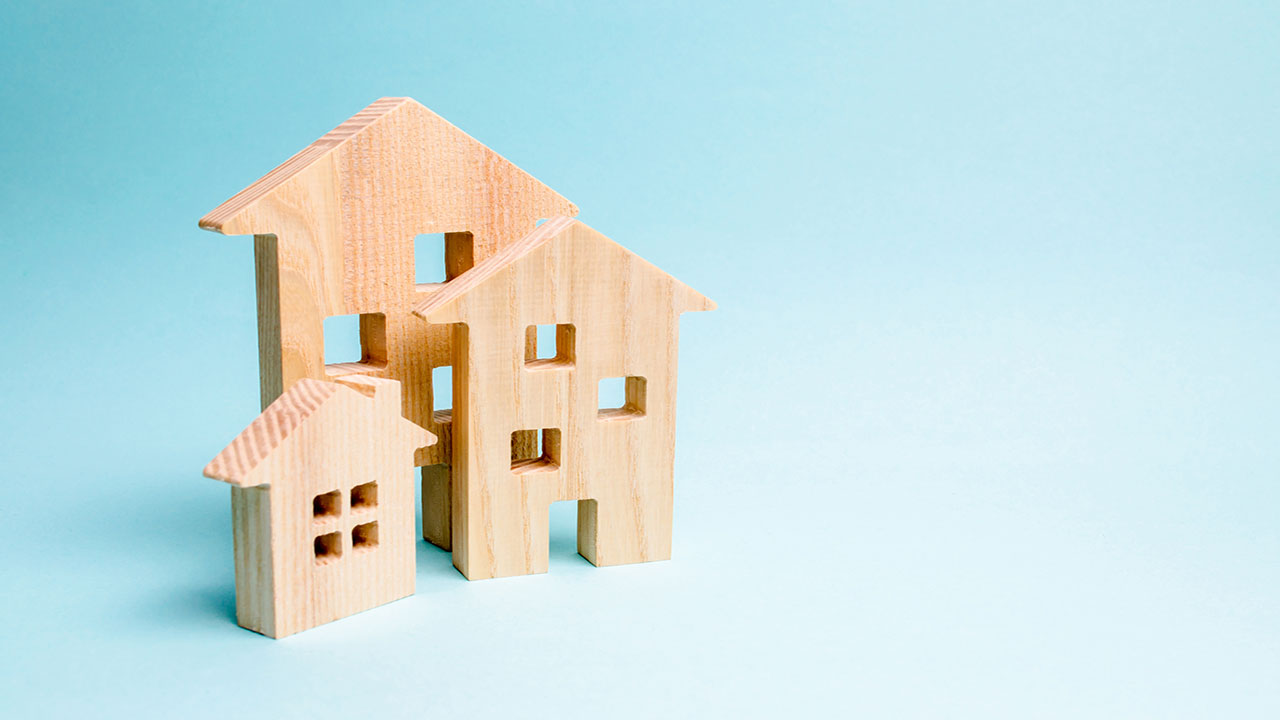8 Best Paint Colors For Your Front Door
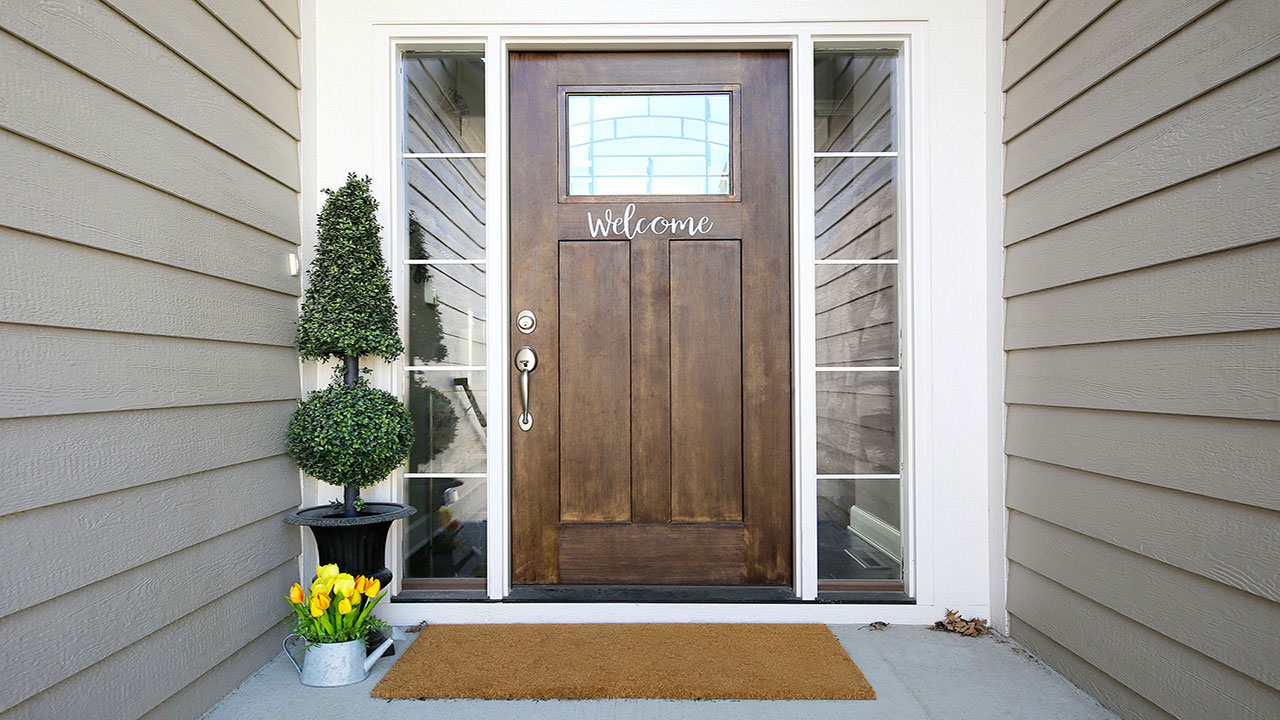
Curb appeal speaks volumes. It not only creates a welcoming vibe to your home, but it also plays a key role in its value, too. Given this, it’s important to keep up with your home’s curb appeal and spruce it up if need be.
And while plenty of things come into play that influences your home’s curb appeal, your front door is an important component. A tired, drab, worn-out front door that’s seen better days can really pull down the look and feel of your home’s exterior. But the opposite is also true: a front door that’s in great shape can make your home seem more inviting and can even help increase the perceived value of your property.
If your front door could use a little extra pep, all it might take is a fresh coat of paint. With a small investment and a little elbow grease, you can almost instantly take your front door from drab to fab. The question is, what’s the best paint color for your front door?
Here are a few suggestions.
1. Fire Engine Red
While not a standard color for a front door, red is still a somewhat popular choice among homeowners who are looking to add a pop of color to their home’s exterior. Red doors work well paired with just about any exterior materials, including stucco, siding, and brick. And with contrasting trim, the color can really make your front entrance stand out in a good way.
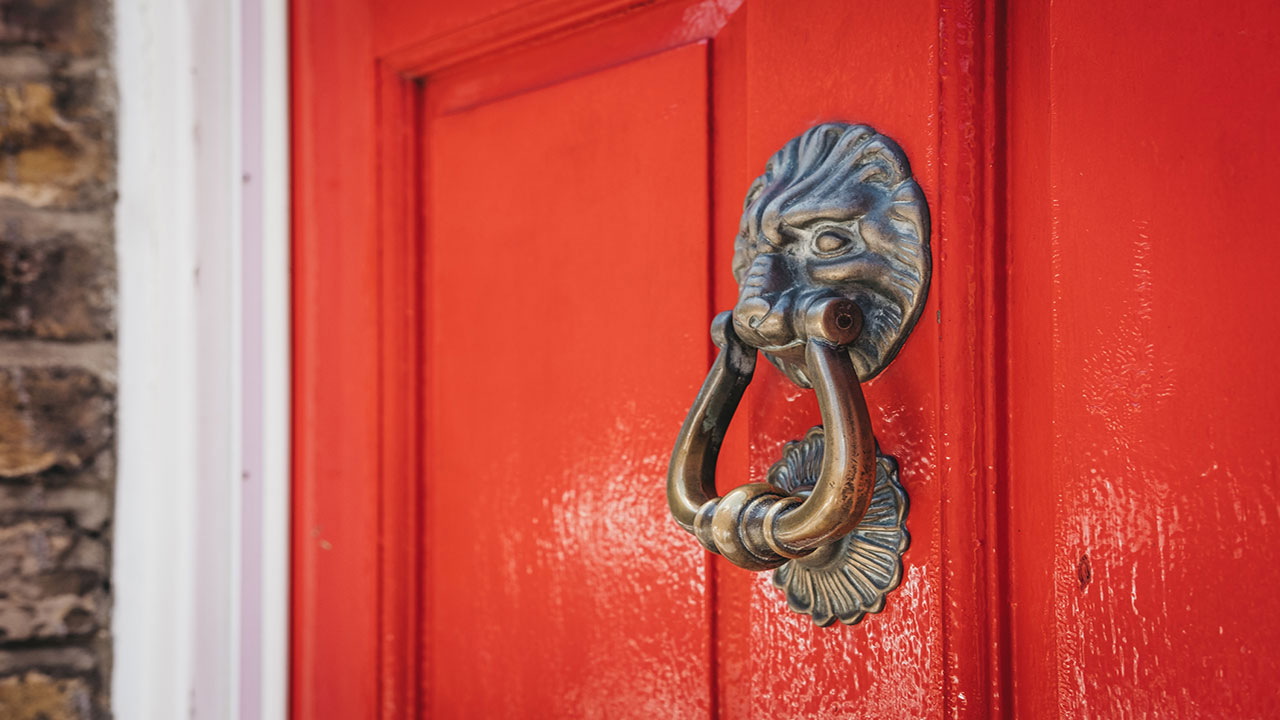
2. Orange-Red
Just as vibrant as simple red, tones with a mix of orange are still fiery and playful and go quite well with warm tones on surrounding surfaces.
3. Burgundy
If you’re a little sheepish about going bright with red, then consider a toned-down version of the same hue, like burgundy. It’s a great option for homeowners who love the idea of color but don’t necessarily want to be overly bold. Burgundy is reminiscent of brick red with brown undertones and still offers plenty of pizzazz compared to brighter hues.

4. Lime Green
A non-conventional choice for a front door is lime green, though it’s not just a hue that needs to be reserved for your fruit bowl or flower beds. Instead, lime green has a savvy way of instantly cheering up any surface, and what better spot to do the cheering than with the front door! In fact, any neutral-toned home would do quite well with the addition of a bright and non-traditional color like lime green.
5. Pine Green
You can’t go wrong with green, no matter where you are on the color spectrum. And another shade of green that works quite well on front doors is a deeper pine green. This cool hue pairs really nicely with white, light gray, and navy blue accents.

6. Teal
A vibrant color no matter where you put it, teal works quite well on a front door. If you’re tired of the average browns and taupes on these surfaces, consider trying something completely different with teal.
7. Black
Black has a way of making any home look grand and rich. And painting trim and shutters in the same ebony hue can make your home’s exterior look even more stately.

8. White
Not exactly a color, stark white is a neutral that goes with everything. And while not the most exciting shade, sometimes white works best, especially if all other surfaces are busy in color. On the other hand, even an all-white exterior may pair well with a white front door, particularly when accented by contrasting dark tones.
The Bottom Line
The inside of your home could be amazingly decked out, but there’s little reason not to give your home’s exterior just as much attention. And if you’re planning to sell some time in the near future, then sprucing up your curb appeal should be on the agenda. And one of the best ways to enhance the exterior of your home is to give your front door a face lift. Consider any one of the above colors to instantly brighten your home’s exterior.



